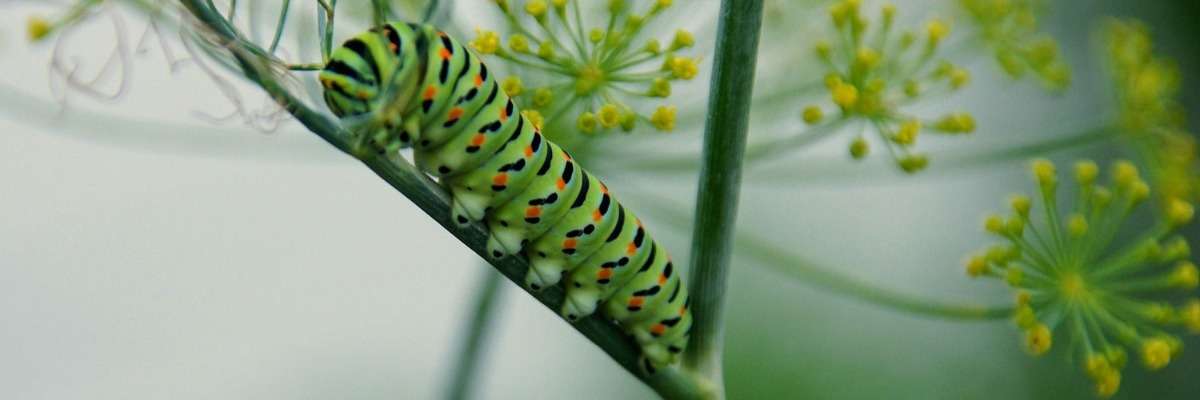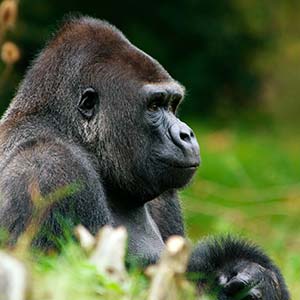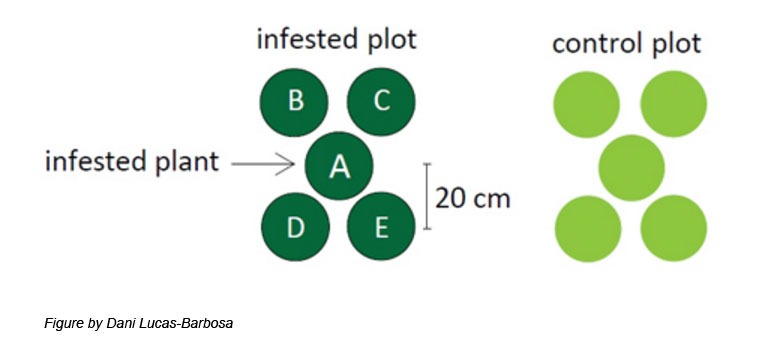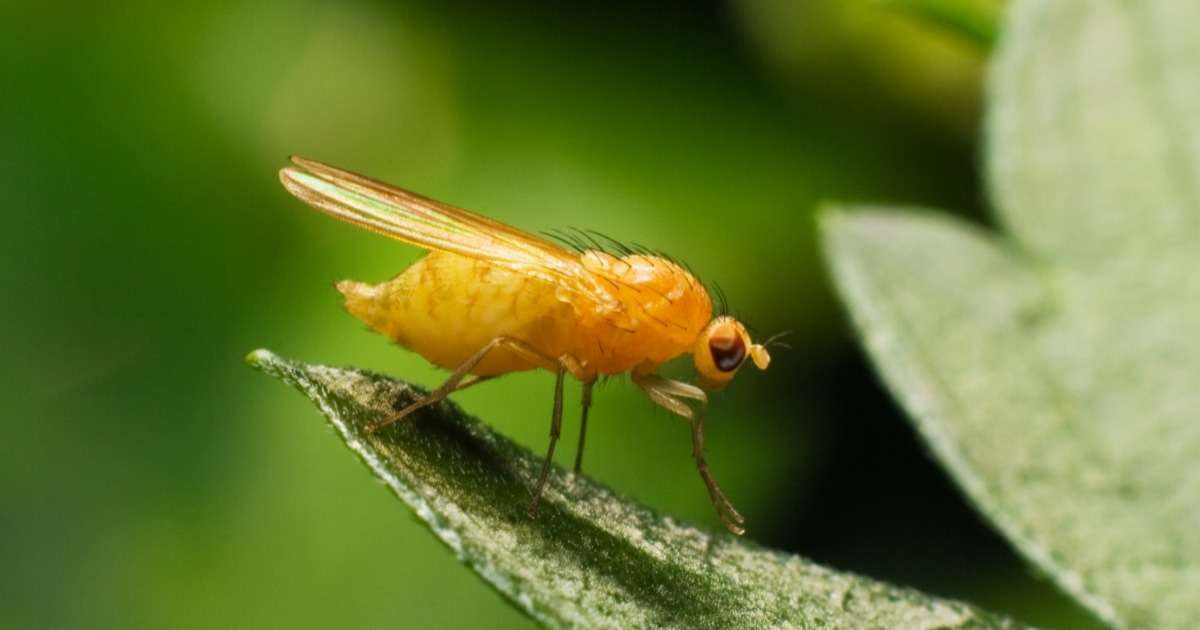
Caterpillars speed up seed production in plants
Plants are sophisticated
Did you know that plants are not as passive as they appear to be at first sight? Although plants cannot run away when they are attacked by plant eating insects, they have several sophisticated ways to defend themselves. They can produce nasty substances upon attack. Or they can produce smells that attract natural enemies of their attackers [1]. Now it also shown that the threat of being eaten can speed up seed production in plants and affect the behavior of pollinators.
A field study with Pocket Observer
Lucas-Barbosa et al. [2] did a field study with the cabbage white butterfly (Pieris brassicae) on black mustard (Brassica nigra) plants. They investigated whether the presence of caterpillars influenced the behavior of pollinating insects like honey bees, bumble bees, and syrphid flies. They used Pocket Observer mobile scoring software to study the pollinators’ behavior in the field.

The setup
The field setup consisted of 16 treated plant plots and 16 control plots. Each plot contained five plants. The center plant either contained 30 P. brassicae eggs, or remained untreated. All other plants were untreated as well. The authors studied three phases in caterpillar attack. In the first phase only eggs were present on the leaves and the plants were still undamaged. In the second phase the eggs had hatched and the caterpillars were damaging the leaves. And in the third phase the flowers were also eaten by the caterpillars.

Caterpillar damage affects pollinators
The pollinators behaved the same on the treated and control plots in the first and second attack phases. But during the third phase, bumble bees visited more flowers in the caterpillar infested plots than in the control plots. Syrphid flies, in contrast, spent less time feeding per flower in infested plots than in the control plots. This shows that the presence of caterpillars, or caterpillar damage, somehow influences the behavior of the pollinating insects.
Caterpillars also speed up seed production
The researchers went out into the field to observe insects, but they found an extremely interesting phenomenon in the plants. Plants in the infested plots produced more seeds and did so earlier than plants in the control plots. This effect already occurred when the caterpillar eggs had not yet hatched. So while the leaves were not yet damaged, the presence of caterpillar eggs induced the plants to accelerate seed production.
Plants are clever
Speeding up seed production is extremely important. Once infestation is so severe that caterpillars move to the flowers, these are eaten completely. This, of course, means no seed production. The pollinating insects did not cause the altered seed production. Seed production already speeded up when only eggs were present in the damaged plots and the pollinators were not yet affected. So the plants respond in another way to the threat of caterpillar damage, which will be food for further study. The results found in the present study once again demonstrate that plants are much more clever and less passive than we used to think they are.
References
- Dicke, M. & Hilker, M. (2003) Induced plant defences: from molecular biology to evolutionary ecology. Basic and Applied Ecology, 4, 3–14.
- Lucas-Barbosa, D., van Loon, J. J. A., Gols, R., van Beek, T. A., Dicke, M. (2013), Reproductive escape: annual plant responds to butterfly eggs by accelerating seed production. Functional Ecology, 27, 245–254.
Get the latest blog posts delivered to your inbox - every 15th of the month
Don't miss out on the latest blog posts
Subscribe to the blog and get the latest blog posts delivered to your inbox - every 15th of the month!
more

How fruit flies find your food (and mates!)
Those tiny flies that take over your garbage cans during the summer? They are called fruit flies for a reason! They have a fantastic sense of smell and these tiny creatures are a popular animal model for researchers.
6 TED talks to kick off your academic year
Let's get a good warming up for the new academic year. We have compiled six interesting neuroscience TED talks, ranging from optogenetics to AI, to inspire you in the new year.
